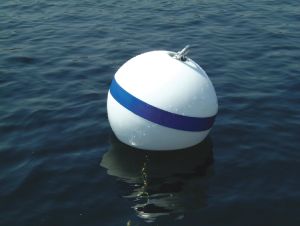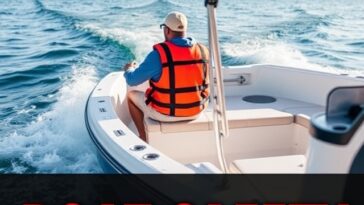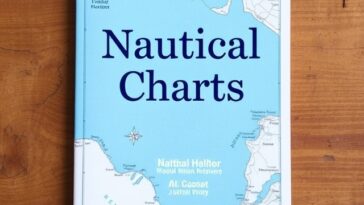Introduction to Boat Mooring
Boat mooring is a crucial aspect of boating, ensuring safety, security, and stability while your vessel is stationary. Whether you’re enjoying a day on the water or docking for an extended period, understanding the fundamentals of mooring is essential. This guide provides an overview of boat mooring, including types of mooring, equipment and anchor types, rules and laws, location considerations, mooring system parts, and how to properly set your anchor.
Types of Boat Mooring
There are several types of boat mooring, each suitable for different conditions and environments:
- Anchoring: Anchoring involves securing your boat in place using an anchor and rode (line or chain). It’s suitable for temporary stops in open water or designated anchorages.
- Docking: Docking involves tying your boat to a dock or pier using lines and cleats. It’s common in marinas, harbors, and ports for short-term and long-term stays.
- Mooring Buoys: Mooring buoys are anchored floating devices to which boats can be secured. They’re often used in areas with strong currents or where anchoring is prohibited.
- Moorings: Moorings are permanent anchorages with fixed chains or lines attached to the seabed. Boats can tie up to mooring balls or posts, providing secure and reliable mooring options.
Equipment and Anchor Types
- Anchors: Common types of anchors include:
- Fluke (Danforth) Anchor: Ideal for sandy or muddy bottoms.
- Plow (CQR) Anchor: Suitable for a variety of bottom conditions, including mud, sand, and gravel.
- Drogue or Sea Anchor: Used to stabilize a boat in rough seas.
- Rodes: Rodes are the lines or chains that connect the anchor to the boat. They come in various materials, including nylon, polyester, and chain.
- Mooring Lines: Strong, durable lines used to secure a boat to a dock, mooring buoy, or other stationary object.
Rules and Laws
- Navigation Rules: Follow the International Regulations for Preventing Collisions at Sea (COLREGs) and local navigation rules to ensure safe and responsible boating.
- Environmental Regulations: Be mindful of environmental regulations, such as no-anchor zones or protected marine areas, to minimize impact on marine ecosystems.
- Local Regulations: Familiarize yourself with local laws and regulations regarding anchoring, mooring, and docking in specific areas.
Location Considerations and Mooring System Parts
- Bottom Conditions: Consider the type of seabed (sand, mud, rock) when selecting an anchoring location and anchor type.
- Depth: Ensure there’s sufficient water depth for your boat’s draft, taking into account tidal fluctuations.
- Weather and Tides: Monitor weather forecasts and tidal conditions to choose a safe anchorage and avoid dragging or fouling.
- Mooring System Parts:
- Anchor
- Rode (Line or Chain)
- Shackles and Swivels
- Mooring Buoy or Post
- Mooring Lines
How to Set Your Anchor
- Select a Suitable Location: Choose an anchorage with appropriate bottom conditions, depth, and protection from wind and waves.
- Prepare the Anchor: Ensure the anchor is securely attached to the rode and ready for deployment.
- Deploy the Anchor: Slowly lower the anchor over the bow while drifting back, allowing the anchor to set into the seabed.
- Set the Anchor: Apply reverse throttle to set the anchor firmly into the seabed, then slowly veer out additional rode while maintaining tension on the rode.
- Check Holding: Confirm the anchor is securely set by checking for movement and observing nearby landmarks.
- Secure the Rode: Cleat off the rode to the boat’s bow cleat or windlass, ensuring it’s properly secured for the duration of your stay.
By understanding the various mooring options, equipment types, rules and laws, and proper anchoring techniques, you can ensure safe and effective boat mooring in any situation. Always prioritize safety, environmental responsibility, and respect for local regulations when mooring your vessel.





 No products in the cart.
No products in the cart.